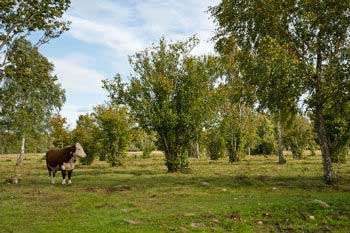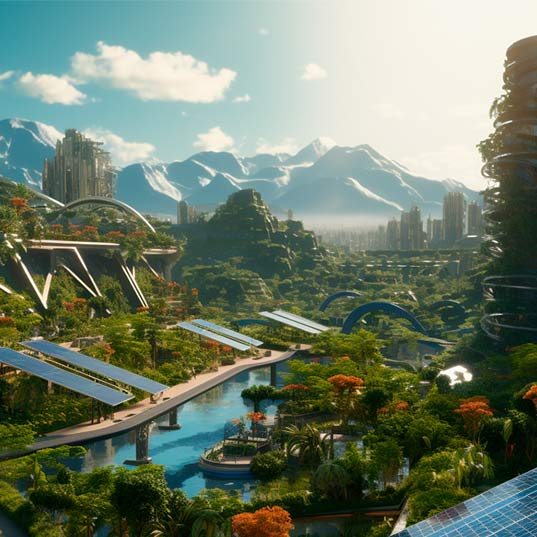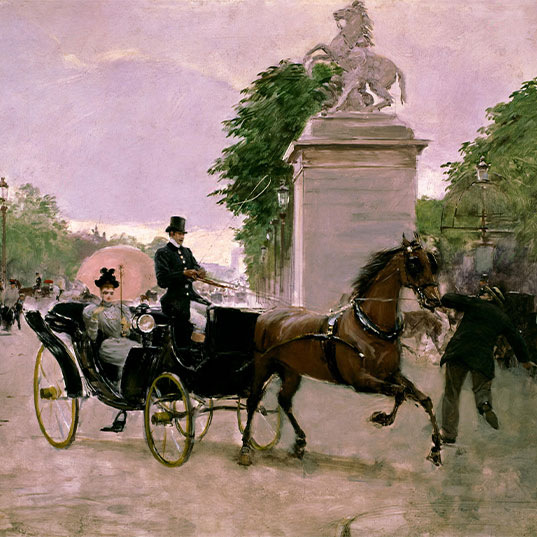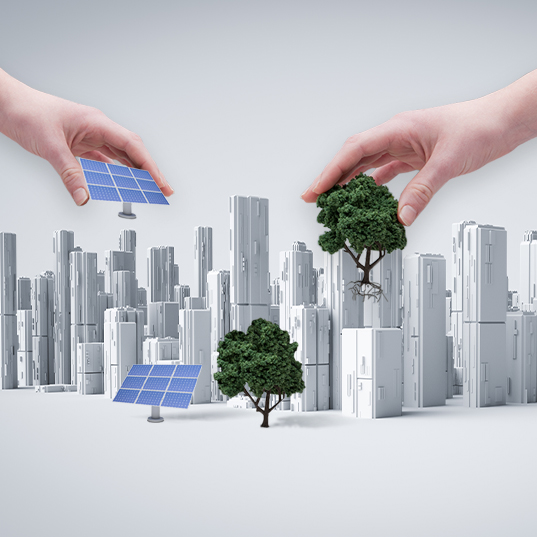How to achieve a sustainable rural development – Land stewardship
The rural-urban gap still existed in the whole world. There are basic needs in rural development for a sustainable future.Over the last years rural activity or farming has faced several hurdles as regards development and evolution. Generational transfer is one of the problems, though not the only one or the most serious. There are still grave disparities all over the world between urban and country life.

Rural development is about a process that seeks social change and sustainable economic development for the rural community´s ongoing progress. The ultimate goal is to improve their life quality and preserve the environment.
There are three basic needs in rural development for a sustainable future:
1. Improving millions of people´s welfare that live in the country (nearly half of the world population), thus reducing the rural-urban gap, stamping out poverty and preventing city migration.
2. Protecting and preserving natural, landscape and cultural resources.
3. Ensuring universal access to food with a sustainable farming production.
The 2013 World Monitoring Report of the Millennium Development Goals (MDGs) confirmed that the rural-urban gap still existed in the whole world. Illiteracy, lack of health care or poverty are some of the common problems affecting the country. Despite all these, international aid for rural areas has decreased two thirds in the past decades.

Unsustainable behaviours and practices in the country have now become widespread. FAO (Food and Agriculture Organisation) describes a series of challenges in the Sustainable Agriculture and Rural Development (SARD) process, namely: ensuring a sustainable diet for present and future generations; offering steady and sustainable jobs; reducing the vulnerability of the farming sector; maintaining or increasing the productive and regenerative capacity of natural resources.
Achieving these goals is not an easy task and requires the so-called New Rural Culture for a transition to sustainability. In this New Rural Culture, it is important to appreciate the role of the rural world in the preservation of nature, create a local consumption culture, facilitate the formative and management resources for a sustainable economy, make urban societies aware of the importance of rural areas, and so on.
Land stewardship
This notion arose in the nineteenth century in the United States, but it was in the 1980s when it became an important tool for protecting and preserving nature in the face of industrial development.

It is about a set of strategies designed to make landowners and land users engage in preserving and making good use of nature. This becomes possible through stewardship agreements between land users and its owners. These agreements, which are voluntary, are under a legal framework’s protection, where stewardship entities – that are non-profit-making – look after the land.
These agreements often lead to the creation of land pools which are designed to perform more improvement and preservation actions. Land pools in Europe have their origins in Germany and have been in operation for 30 years now. Spain has passed legislation for using this tool as a way of protecting biodiversity.
Good land stewardship promotes a sustainable rural development, where the economic base of rural areas improve, the environmental and cultural heritage is protected and preserved, and ultimately enhances the life of the rural population.
Do you know any example of sustainable rural development? What does the rural world need to head towards sustainability? Give us your opinion!







